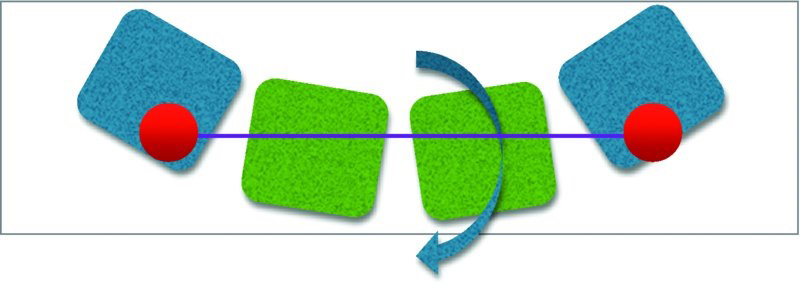Fixed Partial Dentures
Tom Giblin
Principles
Bridges, or fixed partial dentures (FPDs), were the main choice for fixed restoration of edentulous areas for decades, until dental implants were introduced, offering options in the replacement of teeth. Implant-retained crowns are regarded by many dentists as the treatment of choice, as they are seen to be less invasive to adjacent teeth and remain as single units, making them more easily cleanable. However, bridges still have many benefits where implant treatment is not possible.
Failures in FPDs include fracture of abutment teeth, due to the extra strain placed on them from taking the load of the pontics in occlusion; and recurrent decay under the abutment crowns, due to increased difficulty in cleaning under the bridge leading to cariogenic plaque accumulation, but also the breakdown of the luting cement. In addition, insufficient periodontal support may also lead to failure.
Poor retentive properties, especially in the posterior, can cause crown dislodgement over time. Abutment tooth fracture can also occur if the teeth are over-prepared, especially in the anterior where the loads are largely lateral to provide for thicker, more aesthetic porcelain. It should be remembered that adequate ferrule and retention need to be established, even with the use of boxes and grooves to help improve retention.
Chipping and fracture are other complications that can occur in porcelain FPD restorations. This is usually due to poor restoration design, the materials used or inadequate fabrication techniques. It is important when fabricating a FPD that the framework is of sufficient thickness to resist flexure and fracture, and that it is designed to minimise the amount of unsupported veneering porcelain.
Occlusion
Knowledge of occlusion is essential when planning an FPD, as the occlusal loads imparted on the teeth need to be shared over a reduced root surface area. Destructive lateral and non-axial forces and excessive flexure of the bridge have to be avoided to prevent complications in the long term.
Posterior bridges should be designed with the primary contacts axially directed over the abutment teeth, ensuring that the loads are directly down the axis of the teeth. Off-axis contacts can impart a torque moment around the abutment, leading to premature failure (Figure 6.8.1).

Figure 6.8.1 Off-axis pontics may induce a torque moment
On pontic teeth, contact should be light or slightly out of occlusion to minimise the bending moment of the bridge span. The contacts should also be as close as possible to a line drawn between the centre of the two abutment teeth.
This usually excludes bridges that are curved, as the pontics are often outside this line. In this case, the contacts should be placed on the abutment teeth and avoided on the pontic. A case like this can cause what is known as the ‘bucket handle’ effect, where the whole pontic acts like a lever around the abutment teeth (Figure 6.8.2). This effect is the reason for long-span anterior bridges being especially risky.

Figure 6.8.2 The ‘bucket handle’ effect of curved bridges
Stay updated, free dental videos. Join our Telegram channel

VIDEdental - Online dental courses


